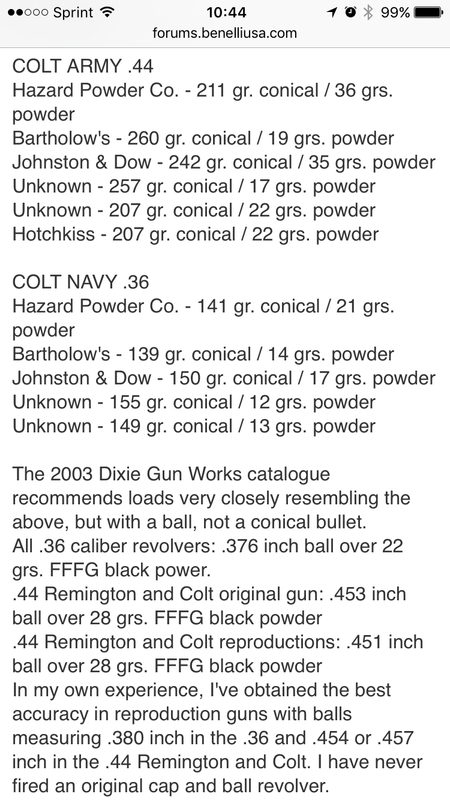Thinking in military logistics I would not expect a well supplied army, particularly of the time frame would purchase or issue any arms that went over their established range, powder consumption or ammo compatibility.
An example was the study of black powder use in artillery. Hypothetically if 1lb of powder reached a range of x and 2lbs reached a range of x.25 there wasn't much since in using 2lbs. Those results followed a pattern regardless of bore. The end results were understanding that black powder in it's use of straight front loaded bores had equal pressure limits across the spectrum.
So why would you use but what would get the job done and at the same time be efficient.
Some on Confederate side may have used Dragoons because it was what they personally had. Keeping enough powder to max out the load probably was another thing. I could imagine a supply Sargent hearing, that's not enough powder allotment, I carry a Dragoon. I'm sure the reply would be, don't put so much in it.
Think similar applies to why Navy chose 36cal. 5lbs of lead makes more ball than 44s but at the range used is sufficient plus 15-28 gns of powder means more for the cannon.
Bottom line is efficient but effective use.





